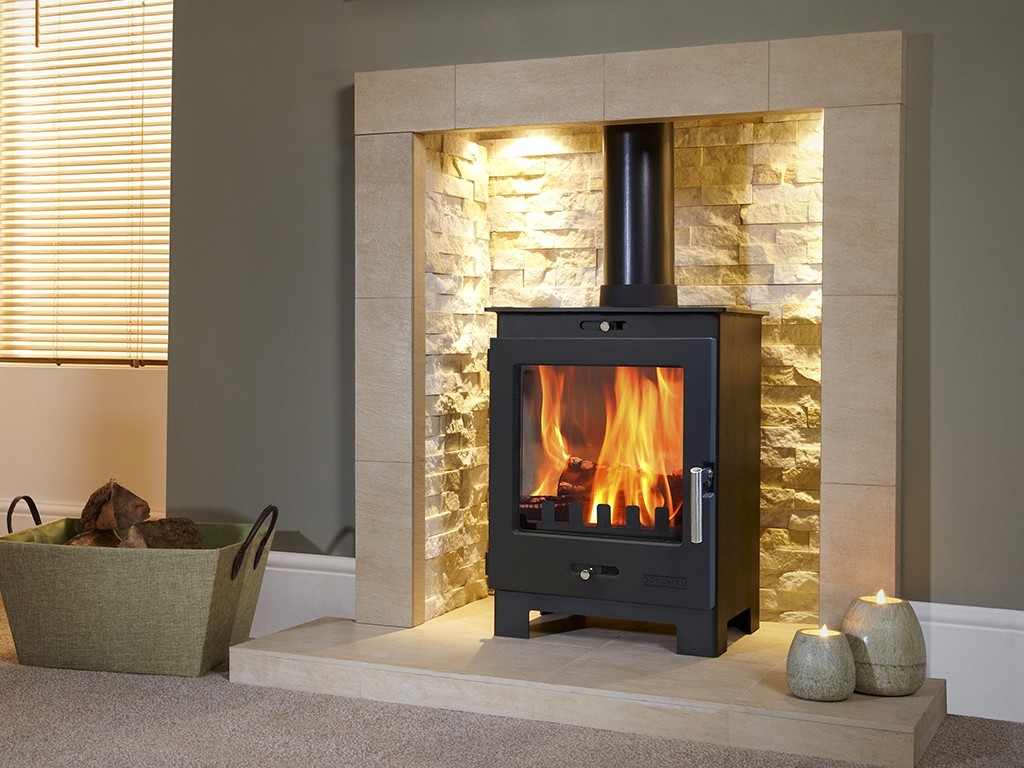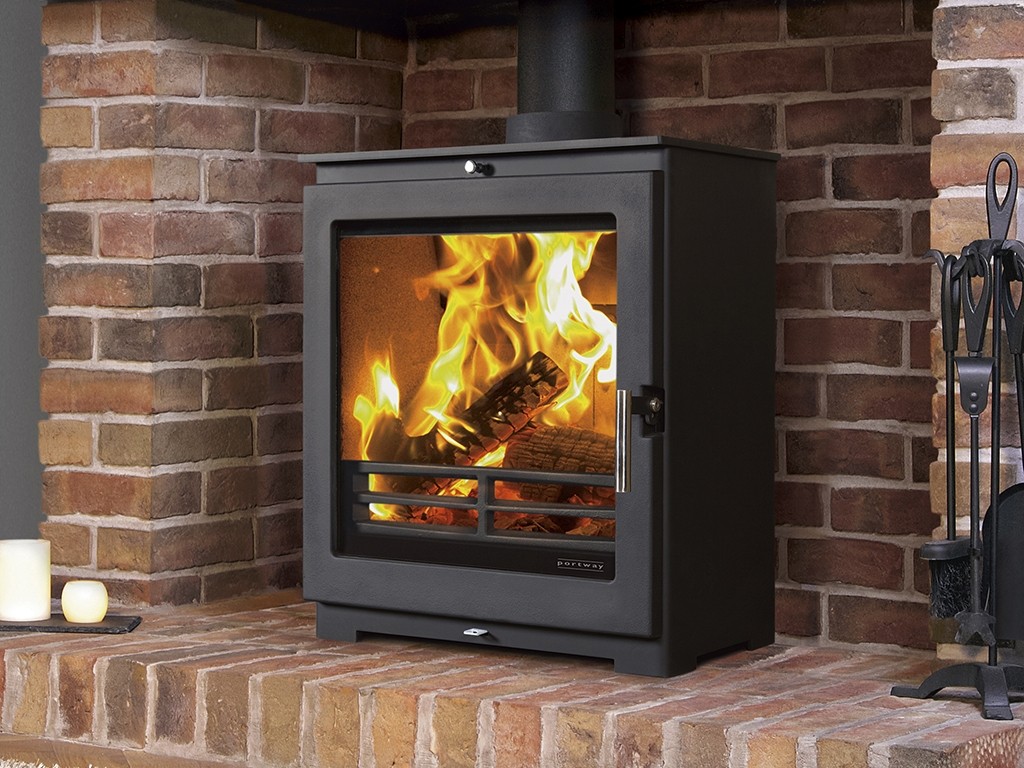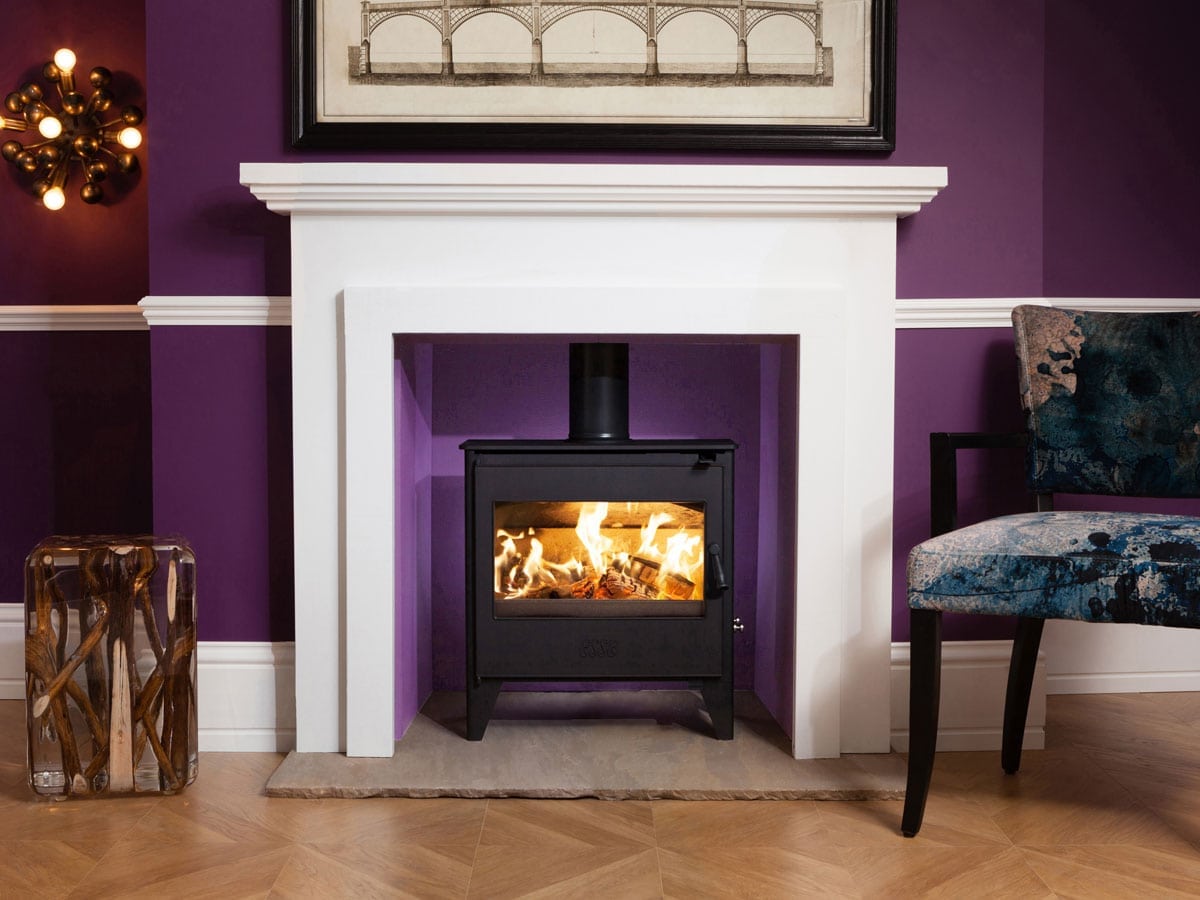Welsh Valley Stoves - stove installers - Faringdon
Hetas Registered Engineer
Wood Burning Stove Installers Faringdon, Log Burner Installation Faringdon, Multi Fuel Stove Installers Faringdon, Stove Installation Building Works Faringdon
100% Satisfaction Guaranteed for Faringdon and Newbury Homes & Businesses
Log burner, wood burning stove and multi fuel stove installation, with flue and chimney works across the UK including: Faringdon, Newbury, Swindon all surrounding areas and many other parts of Wales

Welsh Valley Stoves - stove installers are HETAS REGISTERED LOG BURNER INSTALLERS for Faringdon

We provide a 100% Peace of Mind installation, Guaranteed!
We are Open & Covid Safe for all Faringdon Stove Installations at Great Prices & Savings with a wide range of choices and options!

Welsh Valley Stoves – stove installers (Registered Hetas Engineer) Faringdon
Station Cottages, SN7 8NZ
Phone: 0800 776 5160
Faringdon Stove Installations:
In an existing Faringdon or Newbury fireplace:
- We can install a relevant chimney liner
- making sure your stove install meets all safety and legal standards.
Without a suitable chimney or fireplace:
- We can design and build a system to suit your home and needs
- We will use custom twin wall insulated steel
- making sure your stove install meets all safety and legal standards.


Find out more about our stove, chimney and flue installations services...
Here at Welsh Valley Stoves – stove installers – Registered Hetas Engineer UK – Faringdon, we can complete any required:
- building work
- create a new hearth
- install a flue liner
- install twinwall chimney
- install cowels, bird guards
- replace damaged pots
- cap unused chimneys
We can arrange to:
- repair wood burners
- replace broken firebricks
- replace stove glass doors
- replace hearths
Simply give us a call or message us online and we can discuss your requirements.
We are always happy to help, 100% hassle-free, guaranteed.
We can advise you on what will best meet your needs and simply install a safe and efficient chimney or flue system for your Faringdon property.
We always advise you first before installing a stove and walk you through our recommendations.
- You can send us pictures of where you want your stove installing
- Send us details of your room and property
- We will survey your property and needs
- We will always place safety first
We will make sure your installation will include an ease of access for servicing and maintenance too.
We deliver a twin wall stainless steel installation in your property when you need a new chimney, or in a newer Farnham property when you need a chimney installing.
- We install a complete system from start to finish
- The system will pass through roof spaces
- There will be simple access points
- The access points will support and maintain your new chimney
To find out more about our high quality safe installation works feel free to give us a call or contact us online.
When you have a conventional chimney we install a flexible stainless steel flue liner system
- This is safe and serviceable for you new stove
- We use high grade stainless steel
- The stainless steel can withstand gasses and acids produced by your fire
- 100% safe and guaranteed for years to come
To find out more about our stove and flue liner system installation services simply call us or contact us online.
- We can self certify the our installation meets relevant Building regulations
- Save £300 on a building notice – as Hetas engineers we self certify
- Expert registered Hetas engineers and installers – fully qualified specialists
- Get FREE no obligation Advice and Survey
Before purchasing a wood-burning stove, Faringdon homeowners should determine if their property is suitable for installation. Consider factors such as available space, adequate ventilation, and the condition of the existing chimney or flue system. If a chimney or flue is not present, a twin-wall flue system can be installed. Consult with a professional to assess your Faringdon home’s suitability and determine the best location for the stove.
Choosing the appropriate stove size is crucial for efficient heating and fuel consumption. The size of the stove should be based on the room’s dimensions, insulation, and desired temperature. A general rule of thumb is that for every 14 cubic meters of space, you will need 1kW of heat output. Consult with a professional or use an online calculator to determine the appropriate stove size for your specific needs.
While most wood-burning stoves are designed for burning seasoned hardwood logs, some models can also burn other types of fuel, such as softwood, coal, or wood pellets. Check the manufacturer’s recommendations for the specific stove model and ensure that you have a reliable source of the recommended fuel type.
The efficiency of a wood-burning stove indicates how effectively it converts fuel into heat. Look for a stove with a high-efficiency rating (at least 75%) to minimize fuel consumption and maximize heat output. Additionally, consider the stove’s emissions ratings to ensure it complies with local regulations and environmental standards.
Depending on your location, you may need a building permit or approval from your local authority before installing a wood-burning stove. Check your local regulations to determine the necessary permits, inspections, and certifications needed to ensure a legal and safe installation.
The cost of a wood-burning stove varies depending on the stove’s size, quality, and additional features. Installation costs also vary depending on factors such as the complexity of the installation, the need for a new flue or chimney, and any necessary modifications to your home. Obtain quotes from multiple suppliers and installers to get an accurate estimate of the total cost.
Regular maintenance is essential for the safe and efficient operation of a wood-burning stove. This includes cleaning the chimney or flue system, inspecting and replacing gaskets, and cleaning the stove’s interior. Familiarize yourself with the manufacturer’s recommendations for maintenance and safety precautions, such as using a fireguard and installing a carbon monoxide detector.
Installing a wood-burning stove may impact your home insurance policy. Some insurers may require additional coverage or charge higher premiums due to the perceived increased risk of fire. Contact your insurance provider to discuss any potential changes to your policy and ensure that your coverage remains adequate after the installation.
5 Star Farnham Stove Installation Reviews
So Happy... Great Prices...
Can't say how happy we are with these guys and company. The two lads that came and fitted everything, Paul and Brian where nicest bloke you would want to meet. Very helpful and full of answer to all the questions we had. Great prices compared to other companies we went to. Everything from 1st phone call to finish was 10/10. Would recommend to anyone. Thank you very much stove specialist UK, we are over the moon with our new log fire.

